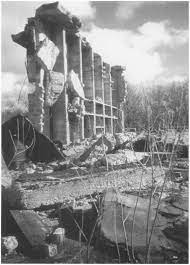Hip hop and architecture are two different topics yet through this article have a connection. Music as a organization of sounds while architecture as a space both of which are derived from experience and memory. Wilkens highlights that origin and dissection of rap music and space. He defines space as a special defined public area. In simple terms a place where every day interactions of society take place. In those spaces is where music is produced and memory is attached to the area. Music is in our everyday lives, sounds are everywhere. From bustling noises of cars to interactions between individuals. Music is a tool for a creation of a community. Linked to the sounds surrounding public structures, music holds social importance. To discuss music further, especially rap music which uses digital technology as instruments; it can be traced to a specific origin, relating to the African diasporic community. Wilkens describes rap music as becoming an identity for the community and is a recognition and celebration of an Afrocentric life force.
(W)rapped Space: The Architecture of Hip Hop


Wilkens also delves into the 1994 proposal for a Hip Hop Park in Chicago. The proposed area takes place in a vacant lot in one to three story warehouse with a faux classical coliseum located in in the premise. The original plan was to create a space for poorer African American Communities as a place for activities. Public structures that are often unclaimed and deserted have better uses and is a offers communities the ability to reorganize and give life to an abandoned area. Wilkens mentions four types of Hip Hop Architecture: Palimpsestic, Anthropomorphic, Performative, and. Adaptive.

